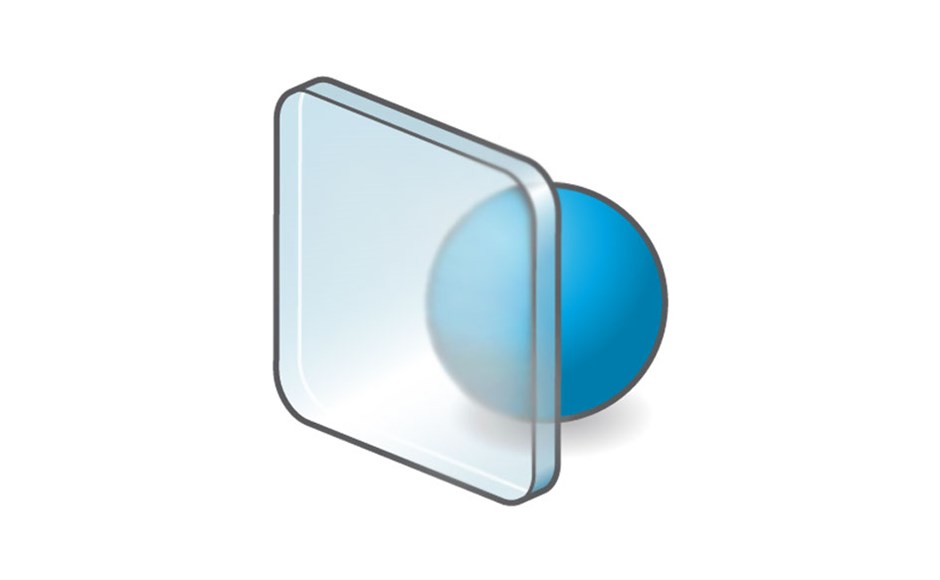Translucent Glass

Overview
Translucent glass can be created with a variety of techniques as follows
Sand blasted – Using high pressure air and sand to blast the glass surface. This creates a frosted surface which is permanent. Sandblasting must be completed prior to glazing. It can also reduce the strength of the glass by up to 60%. Thus, consideration must be taken when using in human impact or high windload areas.
Acid etched – Using acid baths to etch the surface white. The treatment leaves a surface which softens and contours the light. It can be processed in many of the same ways as annealed glass and so can be used in many different glazing applications.
Translucent interlayer – using PVB or EVA translucent interlayers in varying density. These are becoming more popular since they have a more consistent colour, and are easier to clean than sandblasted or etched glass. The interlayer still has excellent light transmission, while also dispersing the light evenly, leading to a soft glow through the glass.
Translucent ceramic frit – Ceramic frit paint is screen printed onto glass which is the heat treated to fuse it to the surface. An inclusion of a percentage of white allows for a more opaque (frosted) effect.
Translucent inserts - Using special material inserts and films in EVA laminated glass
Translucent glass can be combined with colour for special effects. Translucent glass is popular for use in areas like bathrooms where privacy is required, but light transmittance is still important.

